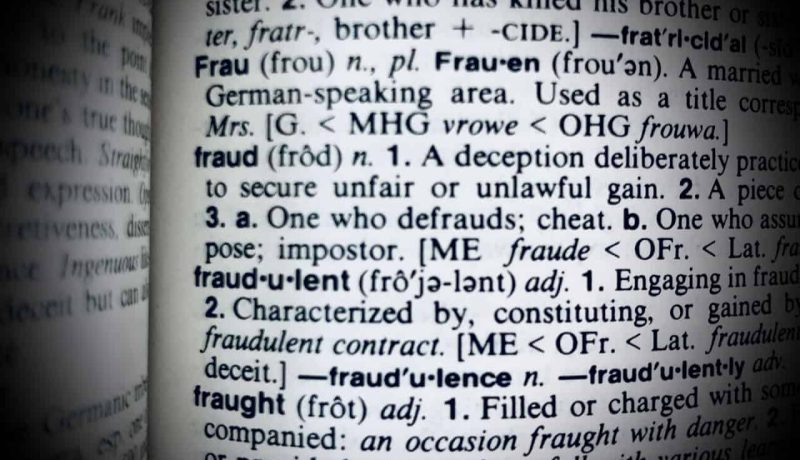
US Banking System Vulnerabilities May Be Enabling Fraud, Money Laundering : Analysis
The U.S. banking system, a major part of global finance, is under scrutiny for its role as a conduit for transnational crime. A recent update exposes critical vulnerabilities that enable fraud, money laundering, and other illicit activities.
These systemic failures, rooted in outdated identity verification processes and insufficient oversight, demand urgent reform to restore trust and security in the financial sector.
The update from Prove highlights how criminals exploit weaknesses in the banking system, particularly through identity fraud and synthetic identities.
Fraudsters create fake accounts using stolen or fabricated personal information, often sourced from data breaches or dark web marketplaces.
These accounts, known as “mule accounts,” facilitate money laundering and other crimes, allowing bad actors to move funds undetected.
The scale of this issue is staggering: in 2023, illicit activities involving stablecoins alone reached $40 billion, fueled by AI-driven fraud tactics like synthetic identity factories and automated scam operations.
Such sophisticated methods underscore the need for advanced countermeasures.
A key issue is the banking system’s reliance on legacy identity verification methods, such as one-time passcodes (OTPs) and manual data entry, which are increasingly ineffective against modern fraud.
For instance, OTPs are vulnerable to phishing and SIM swap attacks, while manual processes lead to high abandonment rates during onboarding, frustrating legitimate customers.
The blog post from Prove cites a case where a Tier 1 Issuer struggled with cumbersome data entry, resulting in lost customers and heightened fraud risks.
This friction not only harms user experience but also leaves banks exposed to exploitation by bad actors who bypass weak controls.
Regulatory gaps exacerbate the problem.
The U.S. banking system operates under frameworks like the Bank Secrecy Act of 1970, designed to ensure compliance with anti-money laundering (AML) and know-your-customer (KYC) requirements.
However, these regulations have not kept pace with digital transformation.
The Prove update references the FinCEN Files, which revealed how major banks, including JPMorgan and Deutsche Bank, have facilitated the movement of dirty money despite filing Suspicious Activity Reports (SARs).
This suggests a systemic failure where compliance is treated as a box-checking exercise rather than a robust defense against crime.
To address these challenges, the article advocates for technology-driven solutions.
Prove’s identity verification platform, trusted by over 1,500 companies, offers tools like Prove Pre-Fill and Prove Auth.
These solutions streamline onboarding by auto-filling verified customer data and authenticate users via phone-based signals, reducing fraud without compromising user experience.
For example, Bilt Mastercard leveraged Prove’s technology to achieve a 90% onboarding pass rate, enabling faster, more secure customer acquisition.
Similarly, AI-powered fraud detection and real-time risk scoring, such as Prove’s Trust Score, can identify suspicious activities like SIM swaps or VoIP lines before they cause harm.
The update also emphasizes the importance of regulatory evolution.
The recently enacted GENIUS Act aims to strengthen AML and counter-terrorism financing (CFT) compliance, particularly for stablecoins, signaling a shift toward more proactive oversight.
However, banks must go beyond compliance to adopt a multi-faceted approach, combining advanced identity verification, AI-driven analytics, and consumer education to combat fraud effectively.
Collaboration with law enforcement, as encouraged by the American Bankers Association, can further enhance information sharing to stay ahead of emerging threats.
The consequences of inaction are severe.
Check fraud alone cost financial institutions an estimated $24 billion in 2023, doubling losses from five years prior.
Beyond financial losses, these crimes erode consumer trust, tarnish brand reputations, and fuel broader criminal networks.
By embracing technologies and fostering a culture of vigilance, banks can rebuild a resilient financial ecosystem that balances security with seamless customer experiences, ensuring the U.S. banking system is no longer a conduit for crime but a fortress against it.






No Comment! Be the first one.